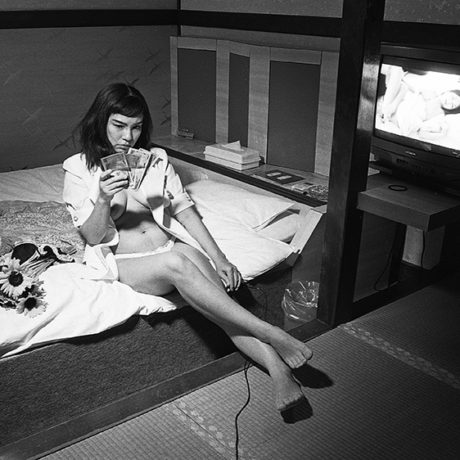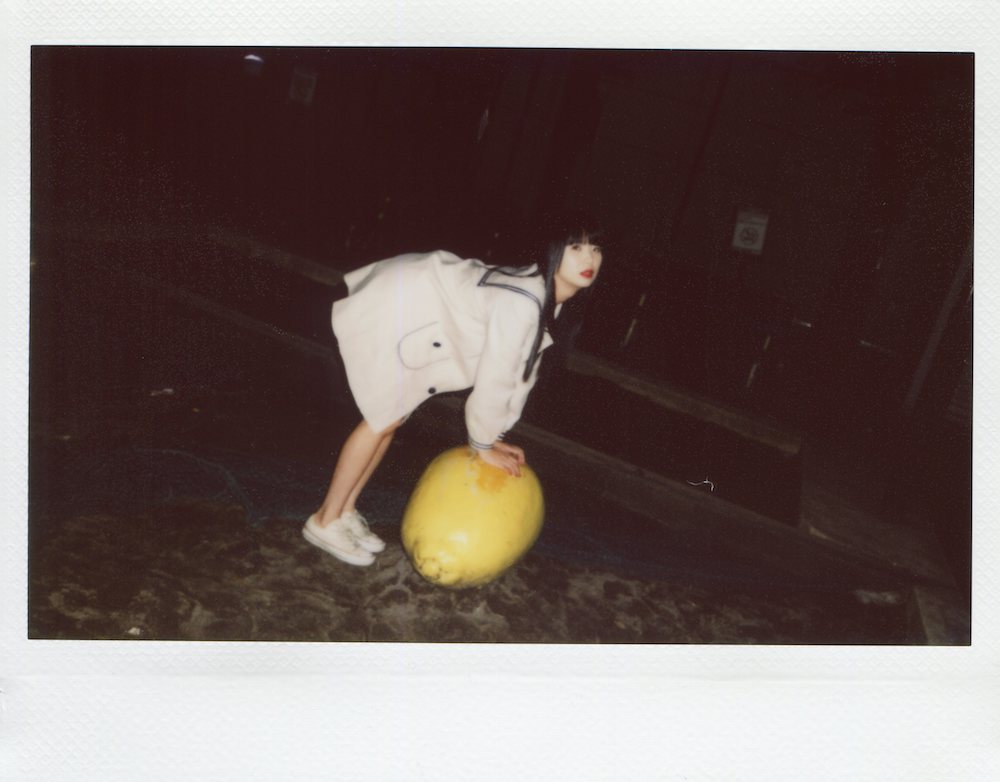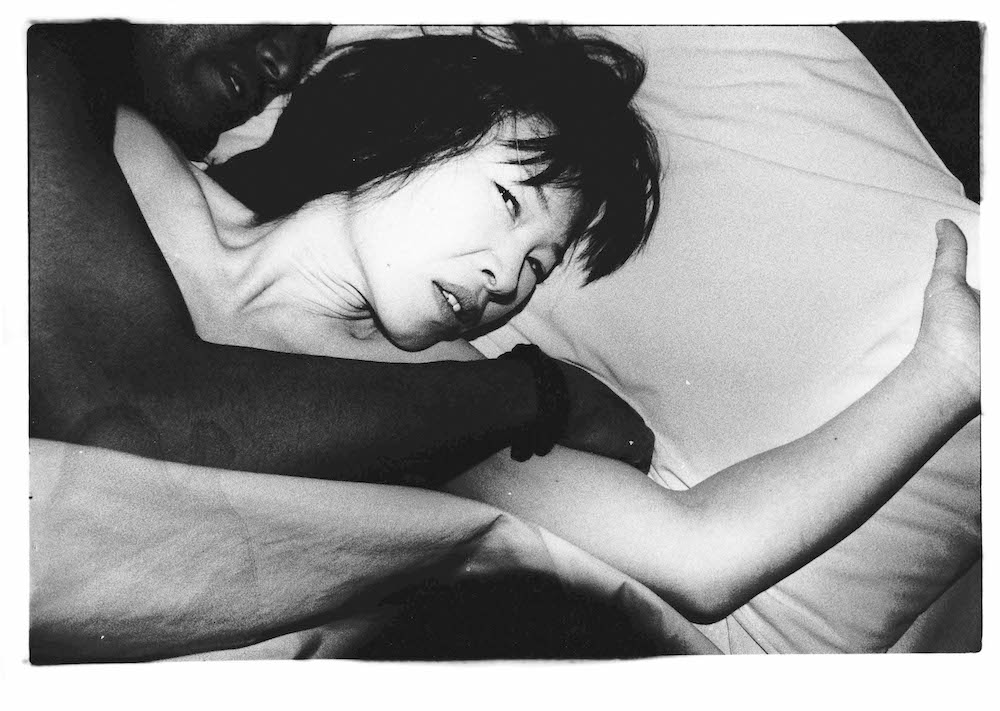Tokyo Rumando and Hideka Tonomura’s photography present a subversive, gritty take on female sexuality, informed by their own experience as objects of desire, operating in hostess bars and strip clubs in their native Japan. The pair recently came together to create a collaborative exhibition at Daiwa Foundation in London, placing Rumando’s surreal self-portraiture with Tonomura’s uneasy, somewhat menacing images of her mother and an anonymous lover.
Rumando creates fictional images that play with elements of performance, taking on the guise of several alluring characters that adhere to conventional notions of desirability. Her mirror series Orphée presents a series of disjointed, warped reflections that signify madness, desire and death, themes that are intrinsic to Jean Cocteau’s interpretation of the Greek myth, from which she borrows the title. In Rest 3000~, Stay 5000~ she photographs herself in elaborate rooms at the Hotel Nikko, using the kitsch interiors to build various personalities that often present themselves fully nude, in “sexy” lingerie or in traditional kimono.
“It is refreshing to view sexually explicit scenes imagined and fulfilled by two women who have intimate knowledge of the outer fringes of the sex trade”
In these images the influence of Nobuyoshi Araki—the infamous photographer known for his erotic images that often incorporate bondage and S&M—is clear, so it comes as no surprise that Rumando is one of his former models. Tonomura also shares a connection, as Araki has written contributions to her photobooks, calling her “a wildcat, ferocious and feral”. It’s a perfect description for the heat found in her images of bodies; hairy, sweaty and often explicit. They are shocking not only because of a faint undercurrent of (one hopes consenting) violence, but the fact that she has presented her mother as a living, breathing woman with inherent carnal urges. While Rumando’s photography seems beautifully staged and utterly isolated, somewhat like a peep show, Tonomura’s are in the heat of the action, capturing intimate throes of ecstasy and candid vignettes of base desire.
The erotic power of both bodies of work is astounding, and it is refreshing to view sexually explicit scenes imagined and fulfilled by two women who have intimate knowledge of the outer fringes of the sex trade. Unlike Araki’s images, which polarize audiences for their portrayal of women, Rumando and Tonamura present a new form of exciting image-making that shows a dark, intricately layered form of autonomous female sensuality.
Images courtesy and © the artists
Double Method by Tokyo Rumando×Hideka Tonomura
Until 28 May at Daiwa Foundation, London
VISIT WEBSITE




















